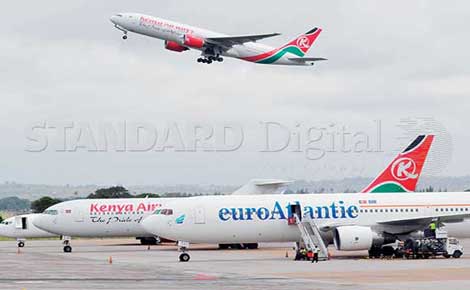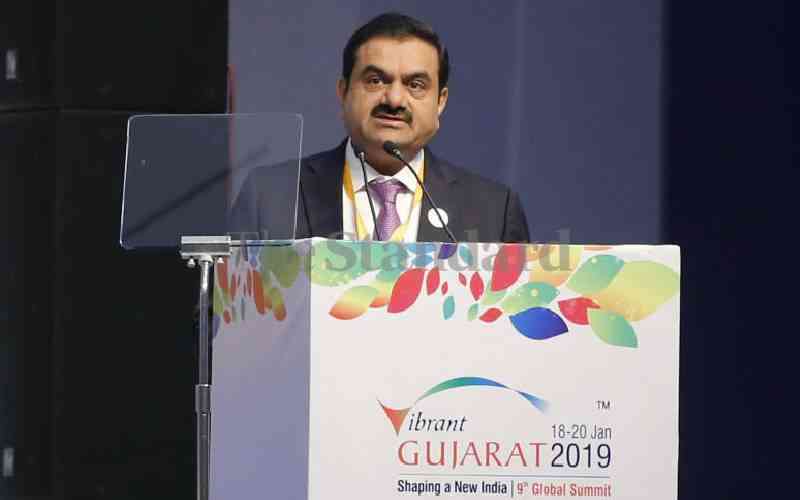NAIROBI ,KENYA: Kenya Airports Authority (KAA) has announced plans to partially close the runway at the Jomo Kenyatta International Airport during off-peak for rehabilitation as part of the ongoing expansion and modernisation works at the facility.
The 12-month long works that also includes rehabilitation of the taxiways and apron, in addition to the runway, are slated to kick off in April 2015. Already, a contractor has been commissioned.
For the duration of the project, the runway will be closed between midnight and 0600 hours every day to enable execution of the works.
The Managing Director of KAA Ms Lucy Mbugua said that discussions have been held with all airlines operating in JKIA and measures put in place.
“These works will be properly coordinated to avoid disruption of normal operations at the facility. The airport will be coordinated and aircraft will require slots to operate to and from JKIA. A slots manager has been engaged and will be responsible of ensuring that all airlines obey the slots schedule,” Ms Mbugua explained. She added that the International Air Transport Association (IATA) has been notified and has promulgated this information internationally.
The runway, which is made of tarmac, was constructed in 1978 and was last resurfaced in 1992. Normally tarmac has a recommended life of 15 years and the runway is therefore due for resurfacing.
The JKIA runway is 4117 meters long and 45 meters wide with 15 meters paved shoulders, making it a code E runway that can handle wide body aircrafts, including the Boeing B747. The Instrument Landing System is International Civil Aviation Organization (ICAO) Category I, meaning that it has some limitations in operation during bad weather.
The Lead Engineer in charge of restoration projects at KAA, Francis Ngigi said that the planned works would increase pavement life and enhance operational safety at JKIA by resurfacing runway and repairing pavements on the taxiways and apron.
“We also aim to increase the runway capacity by constructing of rapid exit taxiways and extension of parallel taxiway to the end of the runway. We will also upgrade of instrument landing system from ICAO category I to Category II by enhancement of Airfield Ground Lighting (AGL), which will include introduction centerline lighting on the runway. This will enable operations in bad weather and therefore avoid diversions,” Eng. Ngigi added.
 The Standard Group Plc is a
multi-media organization with investments in media platforms spanning newspaper
print operations, television, radio broadcasting, digital and online services. The
Standard Group is recognized as a leading multi-media house in Kenya with a key
influence in matters of national and international interest.
The Standard Group Plc is a
multi-media organization with investments in media platforms spanning newspaper
print operations, television, radio broadcasting, digital and online services. The
Standard Group is recognized as a leading multi-media house in Kenya with a key
influence in matters of national and international interest.
 The Standard Group Plc is a
multi-media organization with investments in media platforms spanning newspaper
print operations, television, radio broadcasting, digital and online services. The
Standard Group is recognized as a leading multi-media house in Kenya with a key
influence in matters of national and international interest.
The Standard Group Plc is a
multi-media organization with investments in media platforms spanning newspaper
print operations, television, radio broadcasting, digital and online services. The
Standard Group is recognized as a leading multi-media house in Kenya with a key
influence in matters of national and international interest.









